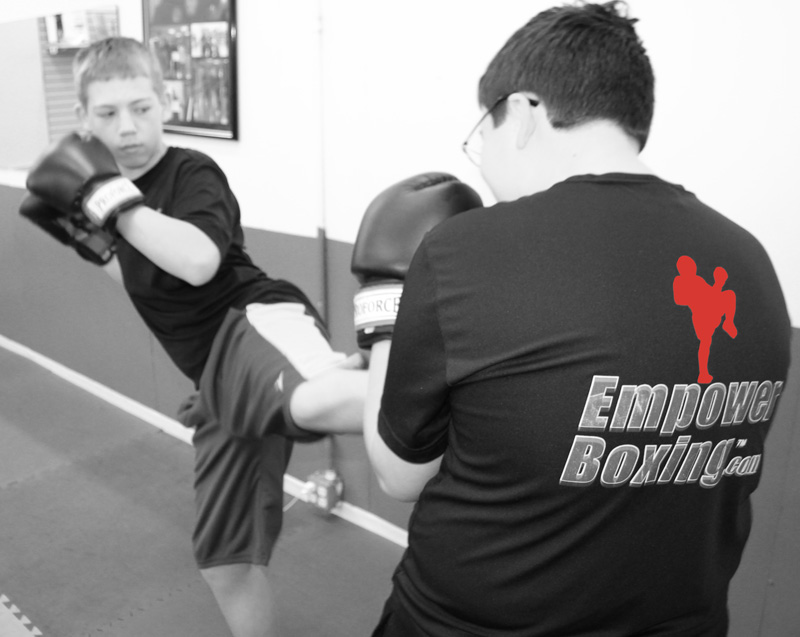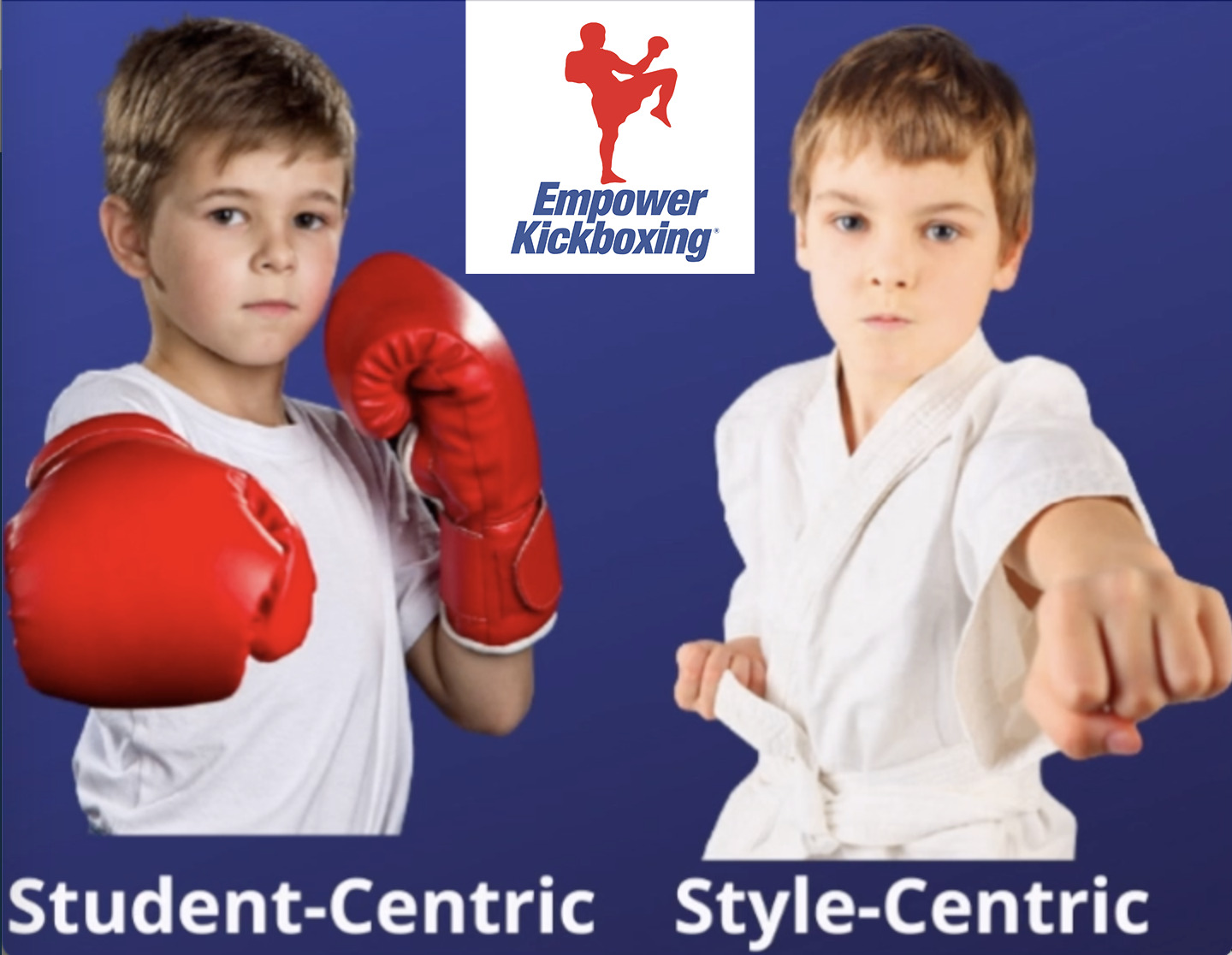Introduction
When the teacher asks the children, “What is the biggest room in the world?” the well-trained students will respond, “the room for improvement.”
The MATA Children’s Curriculum was born out of the idea that there is room for improvement in what and how we teach the martial arts to children.
In many cases this approach works. In many other cases, it does not. The outcome is far too many children miss out on the benefits derived from the long-term study of the martial arts. They drop out of classes because they grow bored with the program or some reason akin to it.
The actual numbers are not known, but it is a fair estimate that ninety percent of the children who enroll in martial arts classes fail to continue their study to the rank of first-degree black belt.
The martial arts instructor often blames this problem on the children for their lack of discipline and perseverance, but the truth is, self-discipline and perseverance are exactly what we’re supposed to be teaching them. These goals we can’t accomplish unless our students stick around long enough to learn the lessons.
The MATA Children’s Curriculum was designed to be fun for children as well as to enrich their lives with its powerful benefits.
As we were developing the curriculum we asked ourselves, “What do children in today’s world really need and how can the martial arts fulfill those needs?”
The MATA Children’s Curriculum is simplistic yet diverse in its approach to a number of innovative concepts that nurture, entertain and motivate children.
We also designed it to be easy to teach. It is strong enough to stand on its own or it can be integrated into any children’s system.
For the teacher, the curriculum serves as a foundation upon which to teach and build basic skills. It did not originate from any one style nor does it owe a debt to any particular individual.
It is not any specific style; it is simply “martial art.” It is a tool to help schools increase student retention with a fun, effective, and above all else, educational approach.
It contains lessons in intensity, manners, anger management, non-violent conflict resolution, anatomy and physiology, history, goal setting, public speaking, teaching, and team building.
MATA calls this approach to balancing education and technique an “education-based curriculum.” Remember this phrase, as it will be a key selling point for your children’s courses.
An education-based curriculum is one that rests on a foundation of education above tradition, technique, countries of origin, above all else. What we place as the number-one priority on the list (and hope you will, too) is the quality of education for children participating in your programs.
The MATA Children’s Curriculum grew from a need to improve upon what and how we teach children the martial arts today. After all, it is today’s young students who will carry the martial arts and its potential for self-improvement, empowerment and personal transformation into the future.


